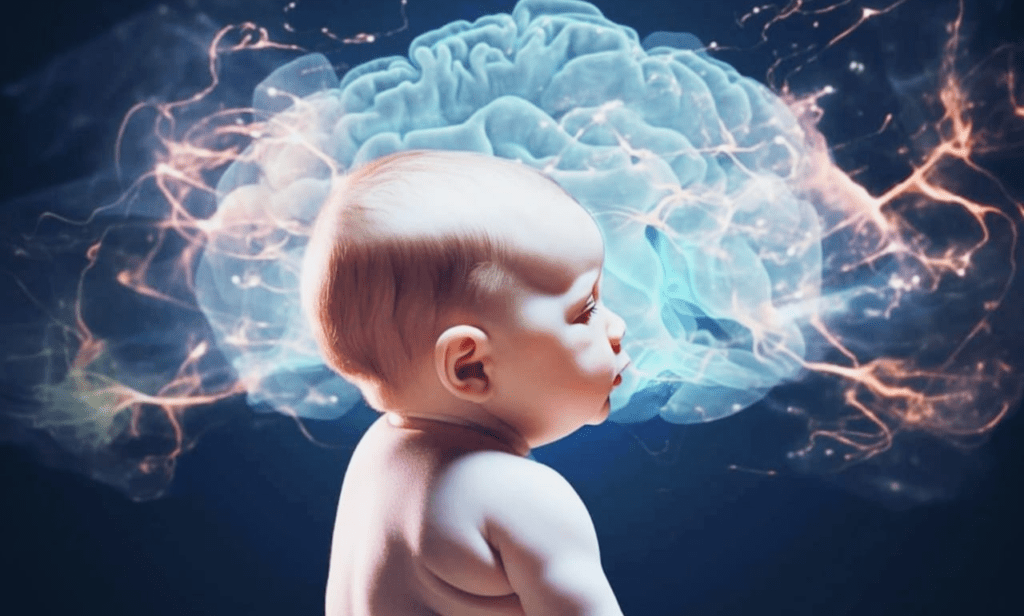
The moment a baby enters the world, their brain kicks into high gear, weaving a complex neural tapestry that forms the bedrock of their future. This isn’t just growth—it’s a breathtaking explosion of connections, with a newborn’s brain generating up to one million neural links every single second. Those first years are far more than adorable milestones; they’re a critical construction phase where experiences physically shape the brain’s architecture. By age three, a child’s brain has reached 80% of its adult volume, a staggering pace unmatched at any other life stage. But how does this biological marvel unfold, and why do early experiences leave such an indelible mark?
Brain development begins long before birth. By the second trimester, a fetus’s brain is already forming neurons at a dizzying rate—about 250,000 per minute. These neurons are the brain’s basic building blocks, but they’re like scattered bricks without a blueprint. What transforms them into a functional network is the wiring process: synapses. Synapses are the bridges between neurons, allowing signals to flow. When a newborn gazes at a parent’s face, reaches for a toy, or startles at a loud noise, electrical impulses surge across these connections, strengthening them. It’s a “use it or lose it” system. Pathways used repeatedly become permanent highways for learning and emotion, while neglected ones fade—a natural pruning process essential for efficiency.
The environment plays a starring role here. Think of genes as the rough sketch of the brain, but experiences fill in the details. A landmark Harvard study found that toddlers in nurturing, language-rich homes hear up to 30 million more words by age three than peers in deprived environments. This doesn’t just build vocabulary—it literally thickens areas of the brain linked to language processing. Responsive caregiving—soothing cries, making eye contact, singing—triggers healthy cortisol regulation and fuels growth in the prefrontal cortex, the brain’s “CEO” for decision-making and empathy. Conversely, chronic stress or neglect floods the developing brain with toxic stress hormones. Dr. Jack Shonkoff, Director of Harvard’s Center on the Developing Child, warns that this can weaken neural circuits for learning and self-control, raising lifelong risks for health and behavioral issues.
Sensory input is the brain’s fuel. A baby’s babbling isn’t just noise; it’s auditory feedback that refines speech pathways. Peek-a-boo games teach object permanence and activate the visual cortex. Even messy play with pureed carrots is a masterclass in sensory integration, firing neurons across motor, tactile, and cognitive regions. Nutrition is equally vital. DHA, an omega-3 fatty acid abundant in breast milk and fortified formulas, comprises 25% of the brain’s fats and is crucial for synapse formation. The World Health Organization emphasizes breastfeeding’s role, linking it to IQ gains of 3–4 points on average by school age. Iron deficiency, however, can impair myelin production—the insulation around neural wires that speeds signal transmission—leading to delays in cognition and movement.
Milestones offer windows into this hidden construction. That first social smile around 2 months? It signals a maturing brainstem and limbic system. Crawling at 8–10 months reflects cerebellum development, coordinating balance and movement. By 18 months, a toddler’s explosive vocabulary spurt—often 5–10 new words weekly—mirrors a synaptic boom in the left temporal lobe. But timelines aren’t rigid. Dr. Alison Gopnik, a UC Berkeley psychologist, reminds us, “Variability is normal. What matters is progress, not perfection.” Still, persistent red flags—like no babbling by 12 months or lack of pointing by 18 months—warrant pediatric evaluation. Early intervention can reroute neural pathways, capitalizing on the brain’s peak plasticity.
Parents and caregivers aren’t just bystanders; they’re active architects. Simple, daily interactions build robust brains far more effectively than expensive toys. Skin-to-skin contact stabilizes heart rate and releases oxytocin, the “bonding hormone” that promotes neuron survival. Narrating daily activities (“Let’s change your diaper!”) builds language networks. Letting a baby struggle briefly to grasp a rattle strengthens problem-solving circuits. Avoid overstimulation, though—downtime allows the brain to consolidate learning. The American Academy of Pediatrics discourages screen time before 18 months, noting real-world 3D interactions better develop depth perception and attention skills.
This neural plasticity—the brain’s ability to rewire based on experience—wanes after age five. While learning continues lifelong, the foundation set in infancy impacts everything from academic success to mental health. Teens with secure early attachments show stronger prefrontal activity during emotional tasks. Adults who experienced enriched childhoods have thicker hippocampal volumes, linked to memory. Investing in those first years isn’t just sentimental; it’s neuroscience. As developmental pathologist Dr. Pat Levitt puts it, “The brain expects certain inputs to organize itself. When we provide them, we’re not enhancing development—we’re enabling it.” So when you cuddle, talk, or play with a little one, you’re not just making memories. You’re literally wiring their future.
